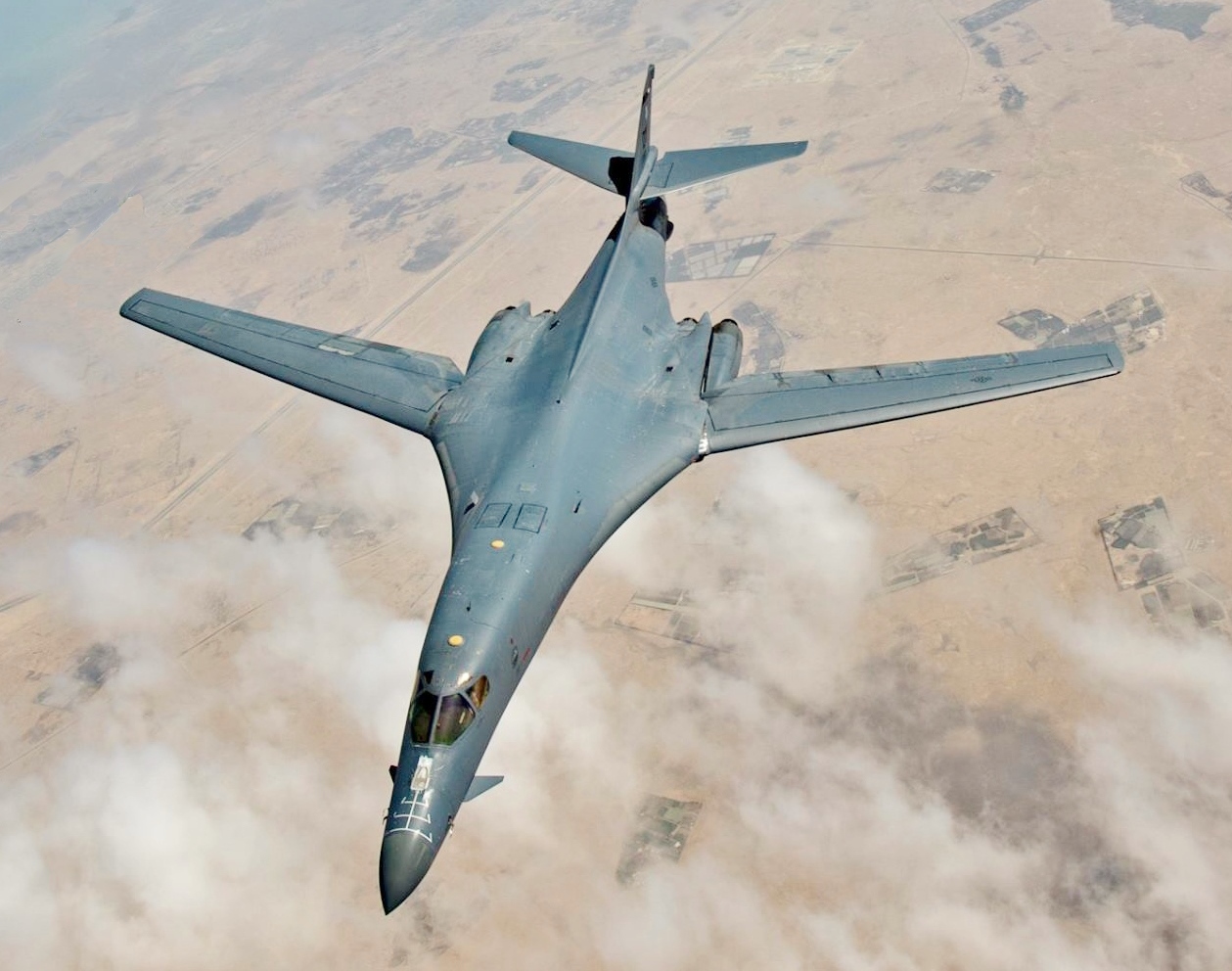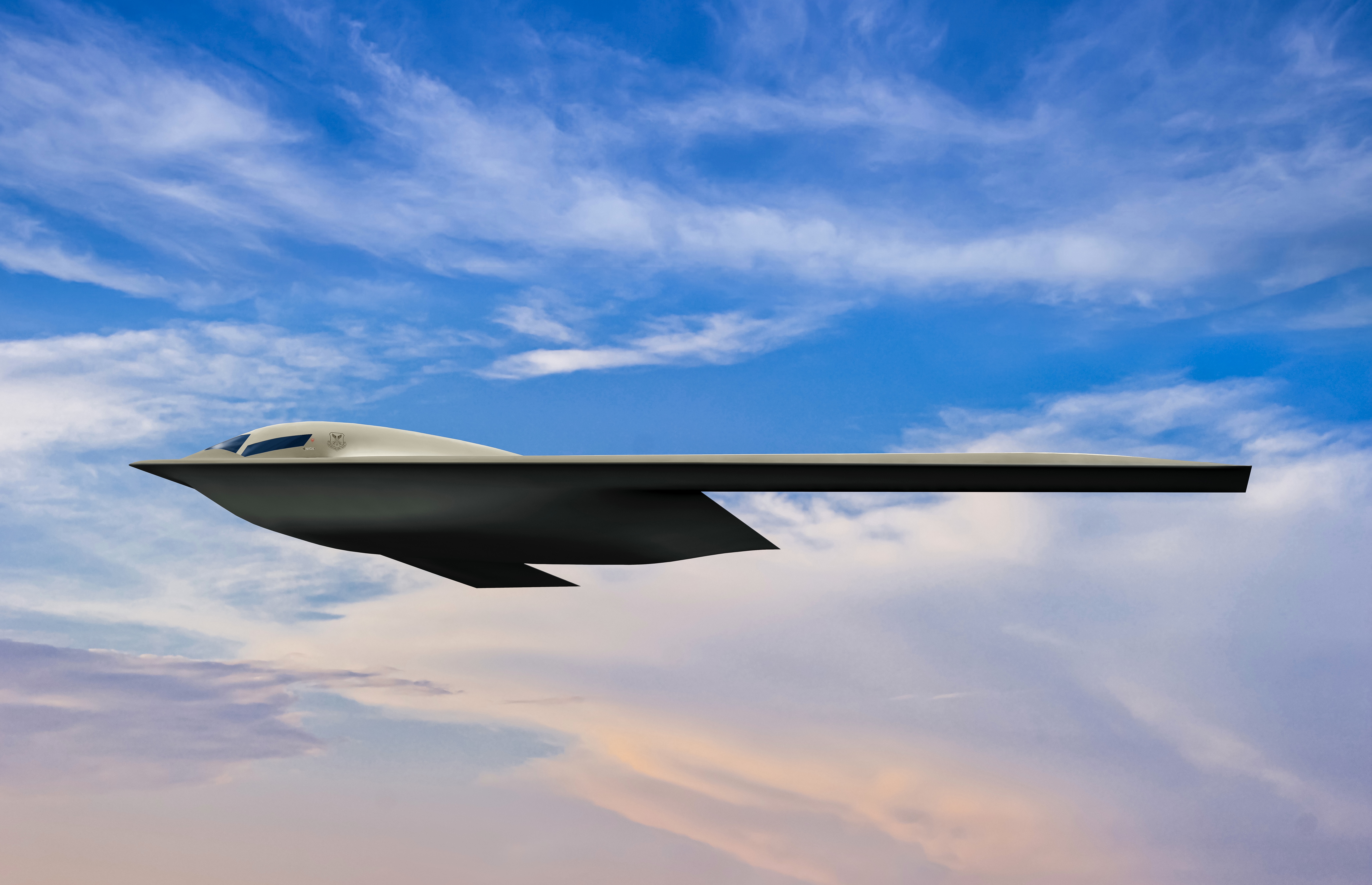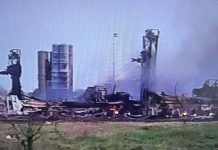The US Air Force has begun the process of retiring B-1B Lancer long-range bombers this week, part of an effort to make way for the super-advanced B-21 Raider stealth bomber and allow maintenance & ground crews to familiarize themselves with new jets.
After US’ Big Breakthrough With Hypersonic Tech, North Korea Stuns The World With Its Own Hypersonic Missile Test
Loaded With A Fighter Jet Engine, American Fire-Breathing Truck Surpassess Aircraft In A Drag Race — Watch
Seventeen aircraft from a fleet of 62 were decommissioned, and the remaining 45 will continue in service until the Raiders start arriving.
The Boeing B-1B Lancers joined service in 1985, supporting troops in Iraq, Afghanistan providing air support to ground troops. Originally designed for nuclear capabilities, the B-1 switched to an exclusively conventional combat role in the mid-1990s, according to Boeing’s website.
Why Are Lancers Being Grounded
Of the 17 planes that were operating from the Edwards Air Force Base in California, 13 headed to the USAF’s graveyard at Davis-Monthan AFB in Arizona, where they will be under the 309th Aerospace Maintenance and Regeneration Group, in Type 4000 storage.
Four of the 13 at Davis-Monthan would, however, be maintained in “recallable” storage for possibly operating as technology demonstrators or testing new weapons and avionics systems.

Of the remaining four, one will serve as a prototype for testing structural repairs at Tinker AFB, Oklahoma; one will be used for ground testing at Edwards; one will become part of a digital engineering project at the National Institute for Aviation Research in Kansas; and one will be put on static display at Global Strike headquarters at Barksdale AFB, Louisiana.
The last retirement leg of the B-1B Lancers took place in 2003, where 33 were decommissioned.
“The divestiture plan was executed very smoothly. With fewer aircraft in the B-1 fleet, maintainers will be able to give more time and attention to each aircraft remaining in the fleet. Beginning to retire these legacy bombers allows us to pave the way for the B-21 Raider,” Brig. Gen. Kenyon Bell, Director of Logistics and Engineering at Air Force Global Strike Command (AFGSC) said in a statement.
Boeing’s ‘Cutting Edge’ Block III Variant Of F/A-18 Super Hornets Gearing-Up For Indian Navy Carriers?
“Continuous operations over the last 20 years have taken a toll on our B-1B fleet, and the aircraft we retired would have taken between $10 and $30 million per aircraft to get back to a status quo fleet in the short term until the B-21 comes online,” the top official added.
Combat Missions
B-1Bs have the distinction of having the largest payload of guided and unguided weapons in the entire USAF inventory, but cannot however carry nuclear weapons.
“In 1999, during Operation Allied Force, six B-1s flew two percent of the strike missions, yet dropped 20 percent of the ordnance, and during Operation Enduring Freedom, the B-1 flew only two percent of the sorties while dropping over 40 percent of the precision weapons,” according to Boeing.
For years the aircraft performed air support to ground troops under the US Central Command, flying high and slow, instead of low and fast that the airframe and the swing-wing system were purposed for. This caused severe structural and airframe fatigue accruing over time.
Other problems involved onboard fires and malfunctioning ejection seats, with the biggest snag being a fuel tank issue grounding the entire fleet earlier this year. The 45 of the original 100 B-1Bs that will continue to serve until the arrival of the B-21 Raiders are housed at Ellsworth AFB, South Dakota, and Dyess AFB, Texas.
Besides the 33 that were retired in 2003, several others were lost in crashes. It was first deployed in Iraq in 1998. The USAF’s plans now envisage a two-bomber inventory that includes an upgraded B-52H Stratofortress and the B-21 Raider, which is also expected to perform roles of the B-2 Spirit.
India Successfully Tests Akash Prime Missile; Experts Say Pakistan Has A ‘Very Similar’ Missile In Its Arsenal
The B-52 has been in service since 1954, and the upgrades are expected to extend its service life beyond 2040 – continuing its status as the backbone of the US’ strategic bombing missions.
All the B-1s and the B-2s are slated to be retired by the 2030s. Five B-21 Raiders are being built by Northrop Grumman, with the first flight planned in the middle of 2022.
The B-21 Raider
The Raider will be the primary long-range stealth conventional strike platform, whose operationalization is expected to deter Russia and China. The two currently lead in hypersonic missiles and advanced war-fighting doctrines that US military leaders admit they have no defense against.
This comes amidst a return to conventional Great Power rivalry, after nearly two decades of fighting unconventional wars with non-state actors in a ‘unipolar Moment’.

“The Air Force needs to transition from three bombers to two – a rebuilt B-52 and next-generation B-21 – to deter both established and rising powers. This change is vital to future Joint and Allied operations because no other service or partner nation provides long-range bomber capability,” an AFGSC statement said.
P-8 Poseidon: Indian Navy Bets Big On Boeing’s Maritime Recon Aircraft To Puncture China’s Swelling Military
The sense of urgency was evident in US Air Force Secretary Frank Kendall when he said during the Air Force Association’s Air, Space and Cyber Conference on September 20 that, “The Air Force will not succeed against a well-resourced and strategic competitor if we insist on keeping every legacy system we have.”
- Nitin holds a double master’s degree in Journalism and Business Management (MBA) from The University of Glasgow, UK. He has over 15 years of global experience in Marketing & Communications, Journalism, and Digital Marketing and widely worked & traveled across Europe, the Americas and Asia. CONTACT: Nytten@gmail.com
- Follow EurAsian Times on Google News





